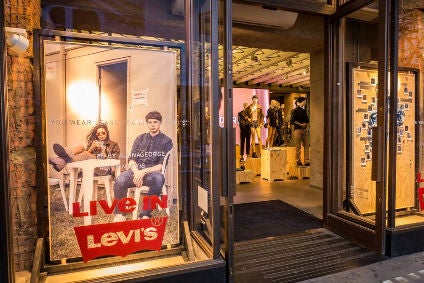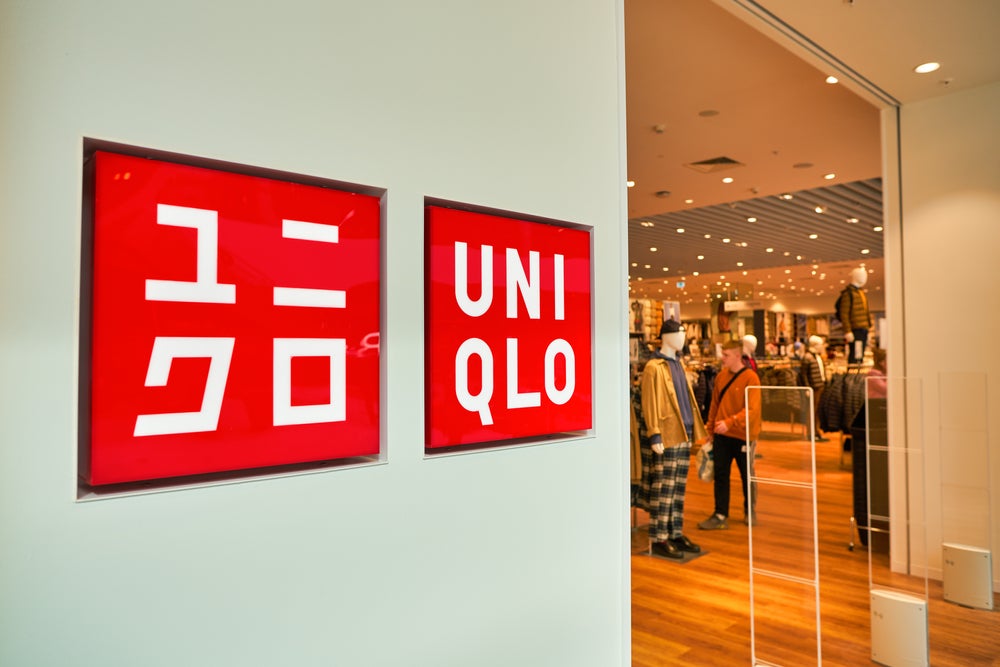
Jeans giant Levi Strauss & Co has delivered strong top and bottom line growth in the first set of quarterly results since its initial public offering last month, and revealed plans to open about 100 new stores in fiscal 2019.
Growth was broad-based across all three regions and all channels in the first quarter to 24 February, demonstrating “that our strategies are working and our investments are paying off,” according to CEO Chip Bergh.
Net revenues grew 7% on a reported basis to US$1.435bn and 11% on a constant-currency basis, excluding a US$48m negative impact from exchange rates.
In Europe, net revenues grew 3% on a reported basis to $465m, and 10% on a constant-currency basis; while in the Americas, net revenues were up by 9% on a reported basis to $717m and 10% in constant-currency.
In Asia, meanwhile, net revenues increased 8% on a reported basis to $253m and 14% on a constant-currency basis.
See Also:
First-quarter net income attributable to the company totalled $146.6m, compared to a loss of $19m a year ago. Levi Strauss said the $166m increase was primarily due to the impact of charges last year from the 2017 Tax Cuts and Jobs Act.
How well do you really know your competitors?
Access the most comprehensive Company Profiles on the market, powered by GlobalData. Save hours of research. Gain competitive edge.

Thank you!
Your download email will arrive shortly
Not ready to buy yet? Download a free sample
We are confident about the unique quality of our Company Profiles. However, we want you to make the most beneficial decision for your business, so we offer a free sample that you can download by submitting the below form
By GlobalDataFirst quarter adjusted net income grew 81% to $151m. On a reported basis, gross margin was 54.6% compared with 54.9% in the same quarter of fiscal 2018, primarily due to 90 basis-points of unfavorable transactional currency impact, which was partially offset by the margin benefit from growth in the company’s global direct-to-consumer channel.
Levi Strauss, which raised more than $623m in its initial public offering (IPO) last month after selling 36.7m shares priced at $17, said it expects top open nearly 100 new stores in fiscal 2019.
Building on momentum
Neil Saunders, managing director of GlobalData Retail, says the results are encouraging as they signal Levi’s is building on the momentum it has already created.
“One of the areas we are particularly pleased with is the continued expansion of the brand’s direct to consumer business, where sales were up 10% this quarter. Over the past year, the addition of 70 more company-operated stores as well as the expansion of e-commerce has allowed Levi’s to reach more customers directly rather than going through third parties.
“In our view, taking control over distribution in this way is a critical component of future success – especially given the issues with third-parties such as department stores. These more traditional routes to market simply cannot be relied upon to sustain wholesale revenue growth over the medium to longer term.
“Another reason for developing a distribution network that is closer to the customer, is that it gives Levi’s the ability to showcase its brand more effectively and to promote new products. This includes assortments such as the denim Performance Collection, which features stretch and temperature control technologies. There is no doubt that Levi’s does a far better job of explaining and merchandising such innovations than most other stores which stock and sell its brand, which allows it to push more volume and maintain higher premium price points.
“As Levi’s further develops in more areas outside of denim, it needs the luxury of having its own spaces to present the offer in a coherent and holistic way. In our view, there is significant scope for development here as Levi’s is now seen by increasing numbers of younger consumers as a lifestyle rather than a denim brand. This is something that the company can tap into with a more varied range of items. This counterbalance to denim, which is already well underway, is an important insurance policy against the vagaries of the fashion market where denim could, at some point in the future, fall out of favour.
“Looking in more detail at the bottom line, there is a clear margin gain from the push to direct-to-consumer. However, this has been somewhat offset by unfavourable exchange rates. Thankfully, a much lower income tax expense helped push net profit firmly into the black, compared to a loss in the same period last year.”
Saunders points to Levi’s debt load as the one area of financial concern, “with long term debt still topping a billion dollars. This resulted in an interest expense of over $200m this quarter – a level that while manageable, is uncomfortable. However, we are satisfied with the progress made in paying down these liabilities, and in the cash the company is generating; as such, we believe that Levi’s performance will allow it to make further progress on debt as it moves to capital repayment in 2025 and 2027.
“Overall, this is a good set of numbers which are underpinned by a sound strategy and growing brand affinity. As such, we believe Levi’s has a good year ahead.”







